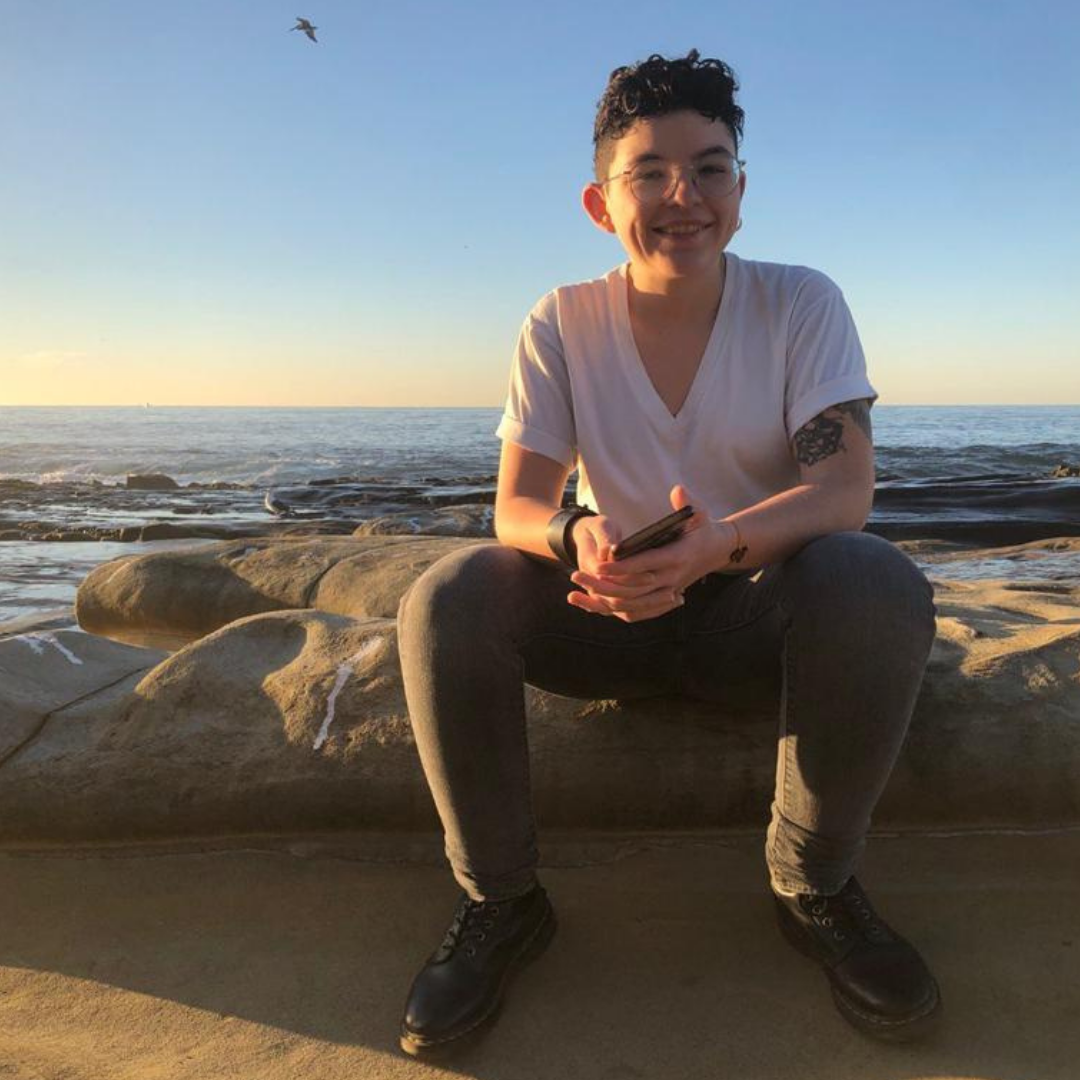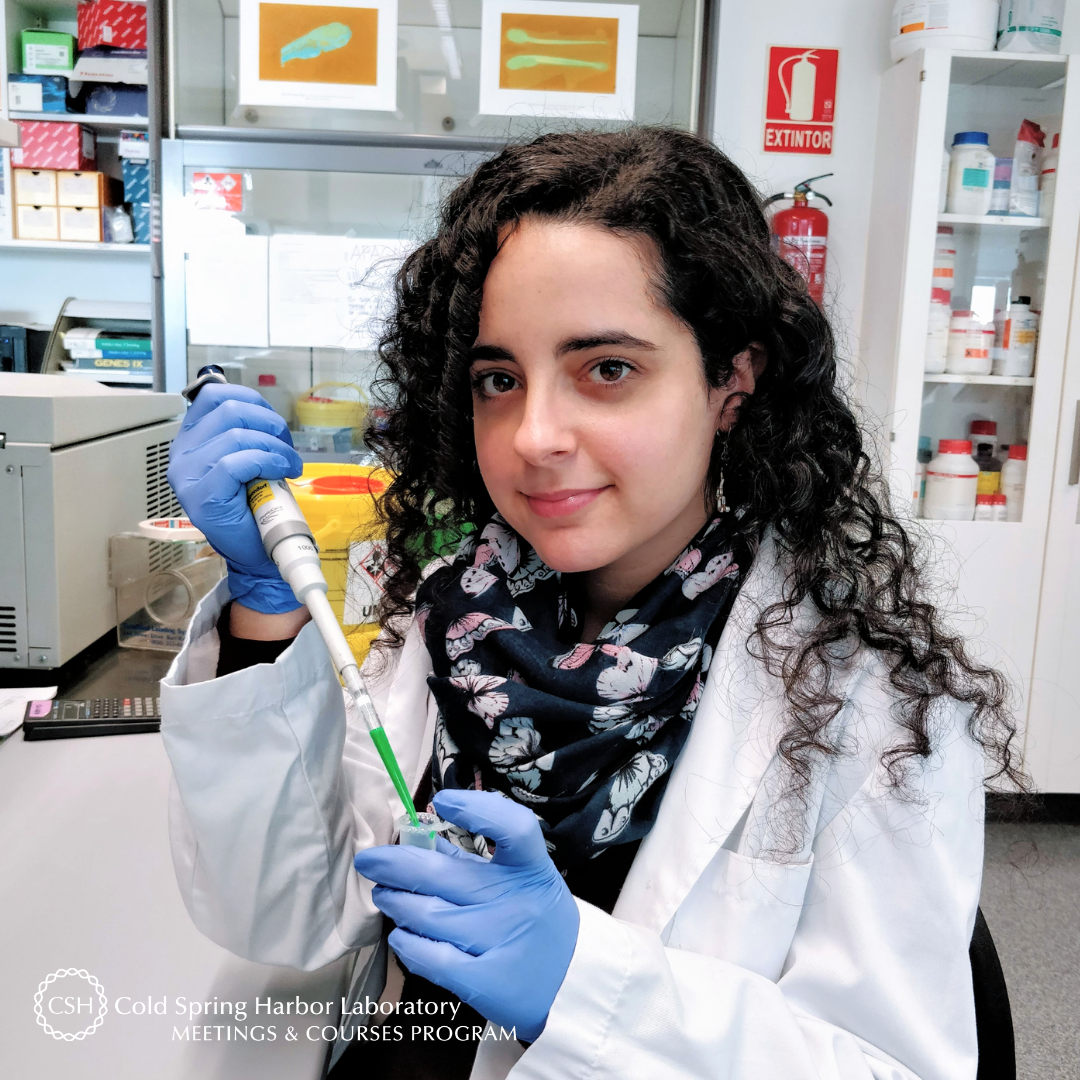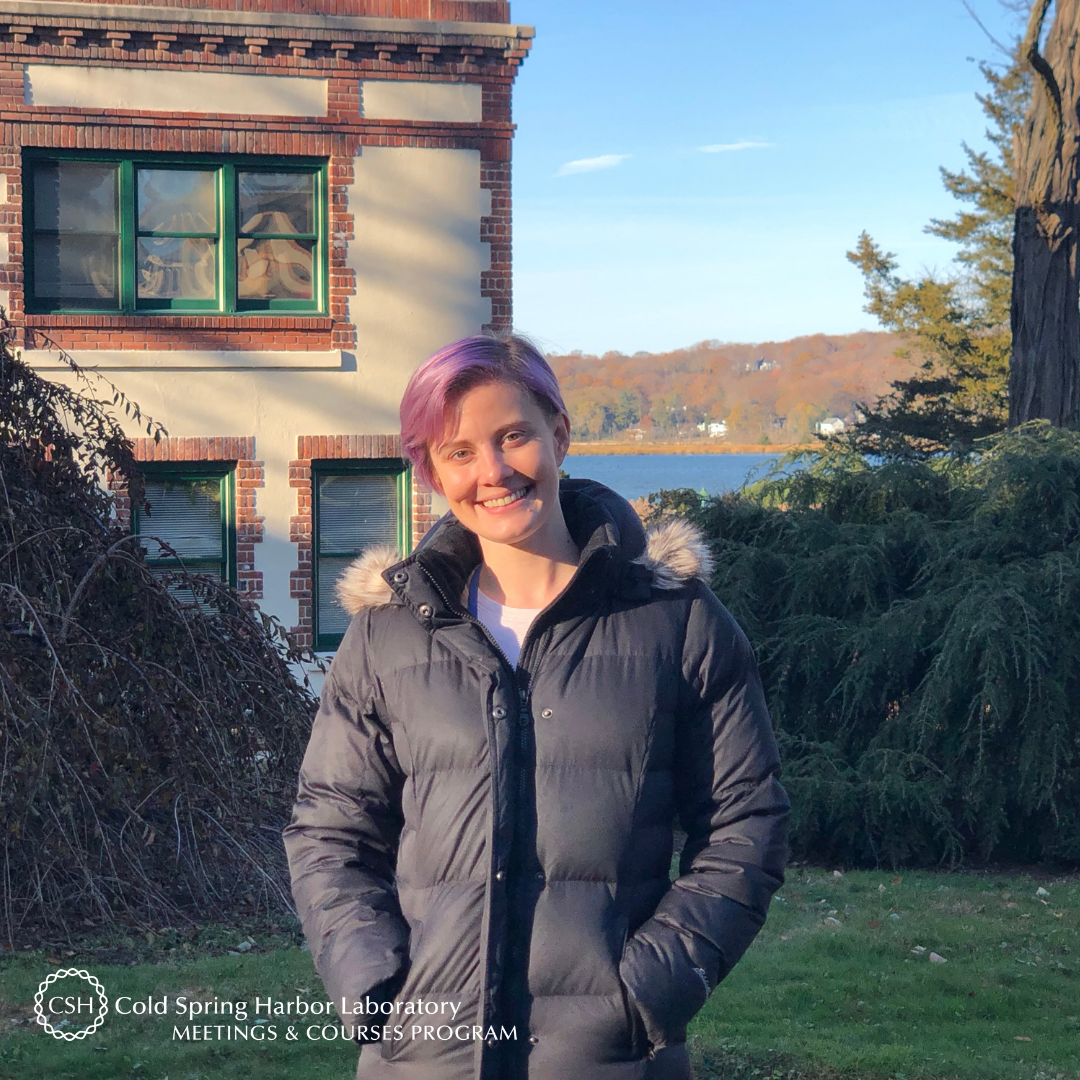Meet Yi Fei Lee of the Genome Institute of Singapore within the Agency for Science, Technology and Research! The PhD student is a member of the Laboratory of Translational Cancer Biology led by Dr. Tam Wai Leong. She spent most of this week with us at The PARP Family & ADP-ribosylation virtual meeting. This is Yi Fei’s first meeting at CSHL!
Tell us about your research.
The molecular profiles of lung adenocarcinoma differ between ethnic groups, and we use sequencing data from one of the largest Asian clinical cohorts to predict new driver genes. I'm currently working on understanding the mechanisms underlying how these genes drive cancer formation or progression, as well as how we might be able to therapeutically exploit them.
How did you decide to focus on this area/project?
I've always been interested in cancer research because it is such a prevalent healthcare problem, and also an intriguing intellectual one to tackle. Cancer cells are diverse and able to grow and rewire themselves rapidly, presenting new therapeutic vulnerabilities yet also conferring resistance to existing therapies - it's almost like a cat and mouse game. Lung cancer is the leading cause of cancer mortality so I hope that incremental findings in this field could lead to better clinical outcomes.
What and/or who is the inspiration behind your scientific journey?
I have always had an interest in the sciences so it was only a natural extension to try out research. During my undergraduate days, I interned at different labs and was fortunate to have had inspiring mentors who helped me to grow as a scientist and shape my research interests. The potential in uncovering new knowledge that could be used to meet currently unmet needs also keeps me motivated.
What impact do you hope to make through your work?
I hope to be able to identify novel biomarkers or drug targets that can enable better stratification of patients for more effective treatments. I would love for my work to be able to add value to the field and contribute to improving therapeutic outcomes.
What do you love most about being a researcher?
I like tinkering around in the lab and being curious, so designing and carrying out experiments to test my hypotheses has always been an enjoyable process. I’m also thankful for the collaborative and supportive environment and love bouncing ideas off colleagues.
What drew you to attend this meeting?
Through my research, I came across a PARP protein and realized there is so much to learn about this fascinating family of proteins! I felt that this meeting would be a good platform to interact with and understand the work of other researchers in the field.
What is your key takeaway from the Meeting; and how do you plan to apply it to your work?
The meeting gave me new insight into the balance and cross-talk between ADP-ribosylation and other post-translational modifications such as phosphorylation, and how that in turn regulates protein activity. I will be using these new ideas to relook at my data from different angles and plan some new experiments.
What feedback or advice would you share with someone considering to participate in this meeting?
Although meetings are inevitably in virtual format these days, a lot of care and thought has gone into creating channels for discussion and interaction between the participants, and I find this to be very valuable. I actually also liked that I could take my time to look at the posters on the virtual platform – there are so many interesting and informative ones! I’m enjoying my first CSHL meeting and my advice would be to make use of the available platforms to engage with other participants.
What’s the most memorable thing that happened during the Meeting?
The meeting is still in progress, but one of the most memorable moments for me thus far has been the Meet the Speakers session where I got to chat with the speakers – Drs. Lee Kraus and Anthony Leung. I was able to gain a sense of how the field has evolved and what other exciting pursuits lie ahead. I also enjoyed learning about the research interests of other trainees in a more informal setting, and this definitely added a more personal touch to the virtual format of the meeting.
Thank you to Yi Fei for being this week's featured visitor. To meet other featured researchers - and discover the wide range of science that takes part in a CSHL meeting or course - go here.













































